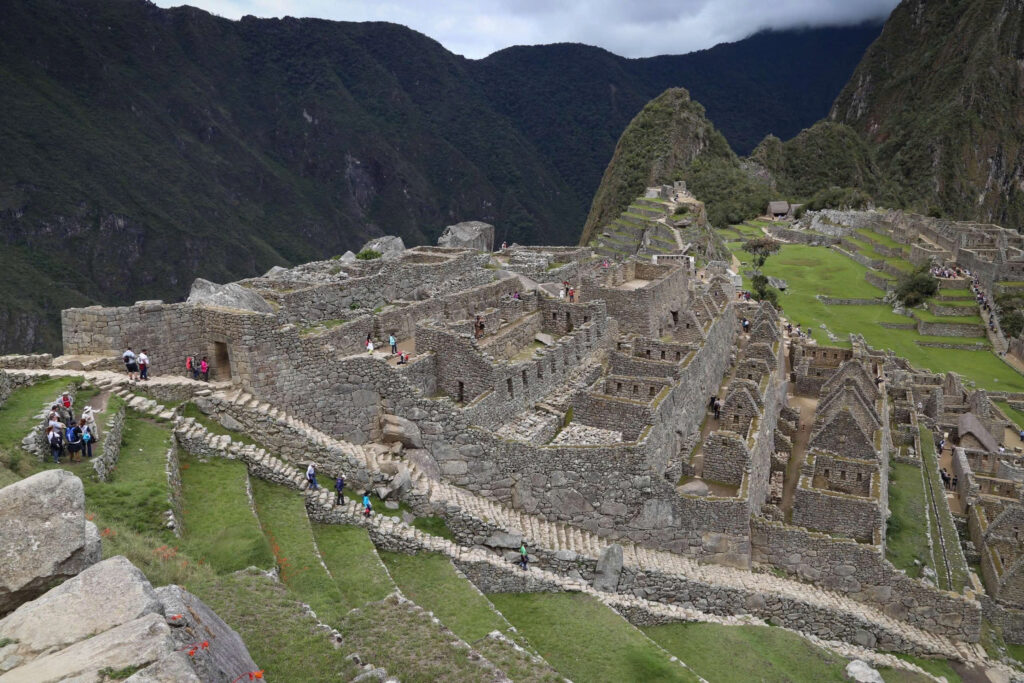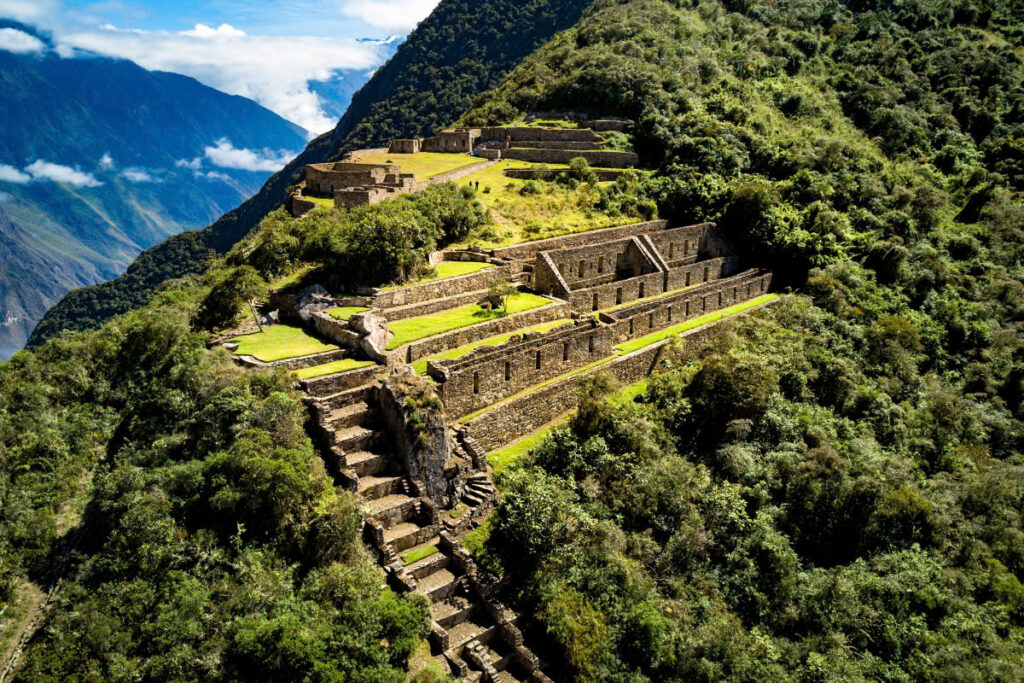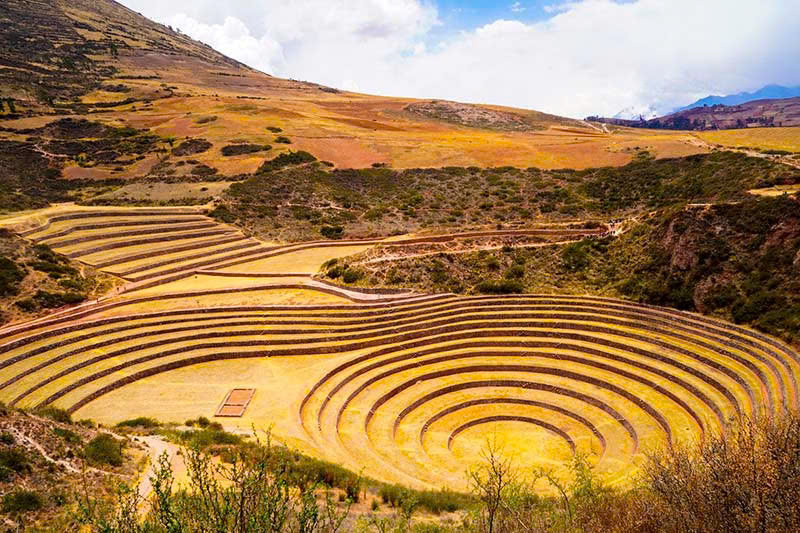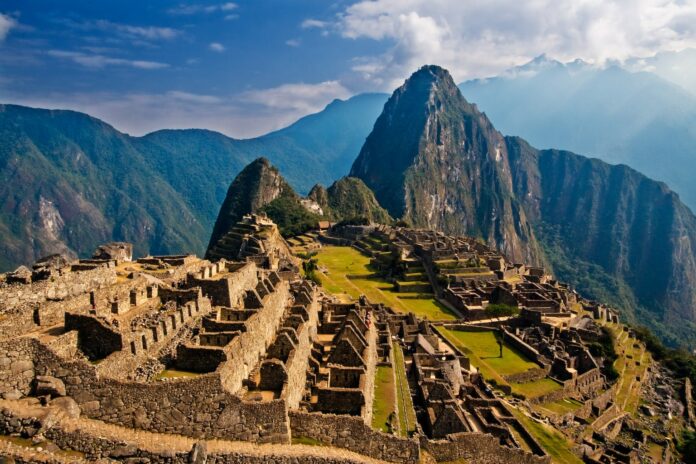Peru stands as a living museum of pre-Columbian civilization, where magnificent ruins and mysterious structures tell tales of lost empires and forgotten wisdom. From mountaintop citadels to desert artworks, these archaeological wonders continue to captivate visitors and researchers alike, offering glimpses into humanity’s remarkable past.
The Majestic Heights of Machu Picchu

Crowned as the world’s most famous archaeological site, Machu Picchu rises majestically among the Andean peaks, its stone walls telling stories of Incan ingenuity. Since its rediscovery in 1911, this “Lost City of the Incas” has stood as a testament to perfect architectural harmony with nature. Each precisely fitted stone and agricultural terrace demonstrates the Incas’ masterful understanding of engineering, farming, and celestial alignment.
Choquequirao: The Hidden Sister City

While tourists flock to Machu Picchu, its equally impressive sister city, Choquequirao, remains a hidden gem in the Apurímac Valley. This remote archaeological marvel mirrors Machu Picchu’s grandeur, featuring similar architectural elements but offering a more secluded experience. Its untouched state provides researchers with invaluable insights into Incan urban planning and ceremonial practices.
The Mysterious Nazca Lines
Ancient Artists of the Desert

Etched into Peru’s coastal desert, the Nazca Lines represent one of archaeology’s most intriguing mysteries. Created between 500 BCE and 500 CE, these massive geoglyphs depicting geometric patterns and animal figures can only be fully appreciated from above. Their creation, without aerial perspective, speaks to the remarkable spatial awareness and artistic vision of the Nazca people.
Agricultural Innovation at Moray
The Incan Laboratory

The concentric terraces of Moray stand as evidence of Incan agricultural brilliance. This site, resembling a giant amphitheater, served as an experimental station where different microclimates were recreated to study crop adaptation. Each level simulated various altitude conditions, demonstrating the Incas’ sophisticated understanding of environmental science and farming techniques.
Sacsayhuamán: Fortress of Stone
Guardian of Cusco

Overlooking the ancient capital of Cusco, Sacsayhuamán showcases the peak of Incan military architecture. Its massive walls, built with stones weighing up to 100 tons and fitted with incredible precision, protected the heart of the empire. Today, it continues to host the important Inti Raymi festival, celebrating the sun god Inti and keeping ancient traditions alive.
Legacy of a Great Empire
These archaeological wonders paint a vivid picture of the Inca Empire’s sophistication and power. Though they left no written records, their architectural and cultural achievements speak volumes about their advanced understanding of science, engineering, and astronomy. Each site contributes to our understanding of this remarkable civilization that shaped South American history.
As modern visitors walk these ancient paths, they participate in an ongoing journey of discovery. Peru’s archaeological sites offer more than just spectacular views; they provide windows into a past where human ingenuity and natural harmony created wonders that continue to inspire and amaze. These enduring monuments remind us that while civilizations may fade, their legacy lives on in the stones they left behind, waiting for new generations to unlock their secrets.

